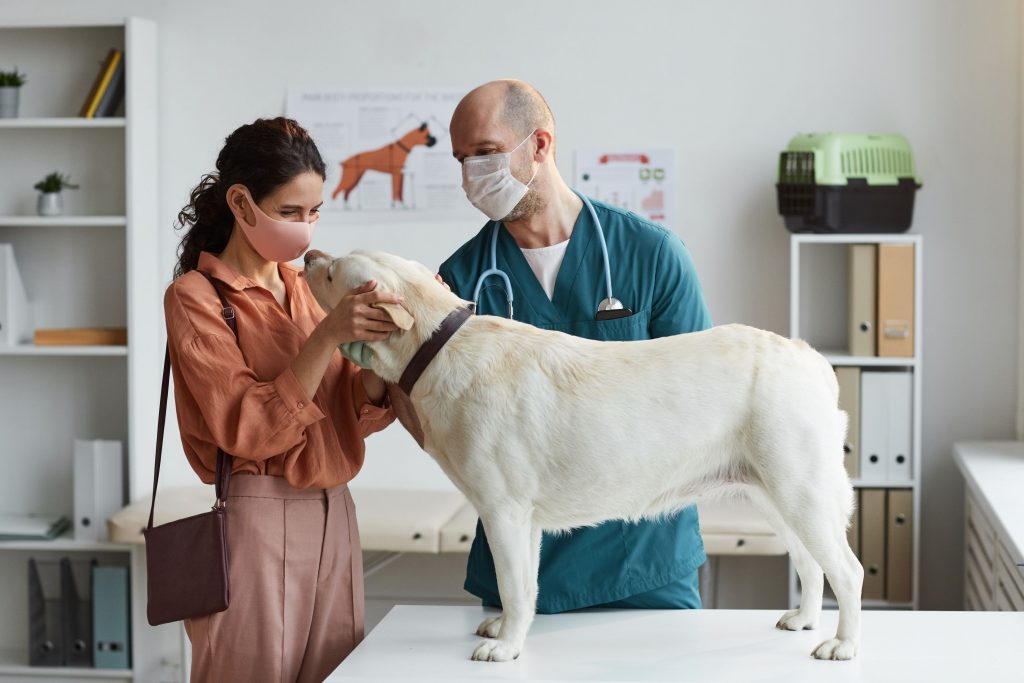Help! I Think My Pet Was Exposed to Rabies
Help! I Think My Pet Was Exposed to Rabies

Ontario law requires all dogs and cats be immunized against rabies starting around 14 weeks of age, with re-vaccination at one year old. Boosters are scheduled annually or every three years, depending on the vaccine and local regulations. This goes a long way toward protecting our companion animals from this dreaded disease, but rabies is far from eradicated. Whether your pet gets into a scuffle with wildlife or another pet, it’s critical to proceed as if your pet was exposed to rabies.
Identifying Rabies
Whether you know or suspect your pet was exposed to rabies, it is vital to act quickly. This is an emergency situation that requires speed, know-how, and level-headed thinking.
Categorized as a zoonotic disease, rabies can be passed to other animals or humans . Immediate testing and treatment for this virus should follow the discovery of a bite wound on your pet.
Even if your pet is up to date on their rabies vaccination, they should be promptly re-vaccinated after potential exposure to rabies. Close observation of their appearance and behavior for 45 days is necessary.
What to Look For
Rabies is transmitted through physical contact, most notably saliva through a bite. Animals can also become infected if body fluids from an infected animal (living or deceased) get into their eyes, mouth, nose, or an open wound.
A disease of the brain and spinal cord, symptoms of rabies can cause:
- Aggression, especially with lunging, snapping, or biting
- Jittery behavior or restlessness
- Irritability
- Fever
- Sudden decrease in activity levels
If your pet was exposed to rabies, and they’re unvaccinated or have a lapse in their vaccinations, rabies symptoms could begin to appear approximately 10 days after initial infection. There is no cure for rabies. Due to the extreme threat to public safety, euthanasia is mandatory.
Stay or Go
Severe symptoms of advanced-stage rabies include heightened sensory sensitivity, excessive salivation, heavy breathing, and a locked jaw.
Limiting any possible spread of rabies is priority number one. Never take the chance and allow rabies to affect your pet or your household. Always err on the side of caution and report the incident to us ASAP. Contact the appropriate officials with your observations of neighborhood wildlife or pets that demonstrate the tell-tale signs of rabies.
While the rabies vaccination is effective, quarantine may be required if your pet was exposed to rabies. Quarantine and containment requirements vary.
My Pet Was Exposed to Rabies
The best thing that pet owners can do to protect their pets from rabies is to follow through with all vaccination protocols. You should also limit your pet’s possible exposure to animals, such as bats, known for carrying rabies.
Let us know if you have any questions about the risks or rabies, or if your pet is due for their booster. We’re always here for you at Parkside Animal Hospital.
